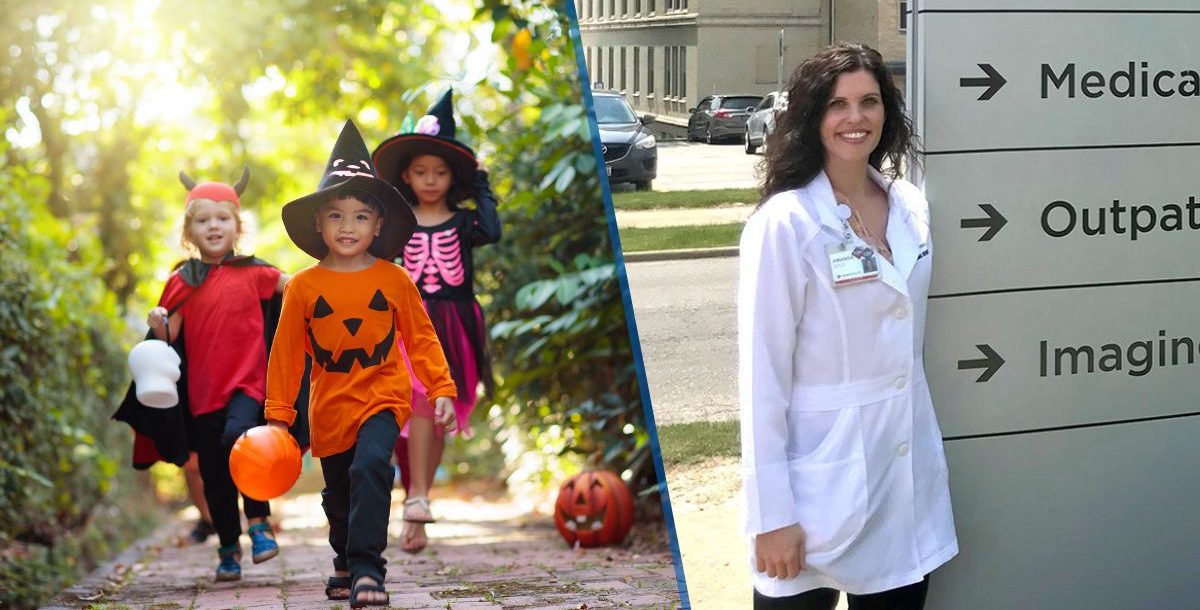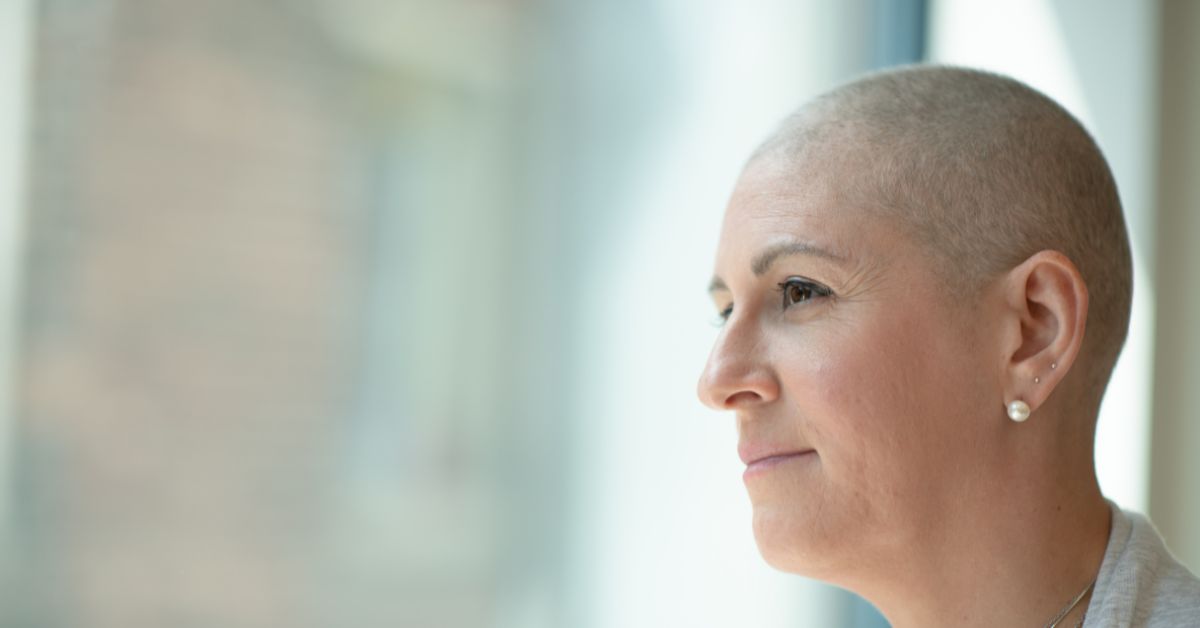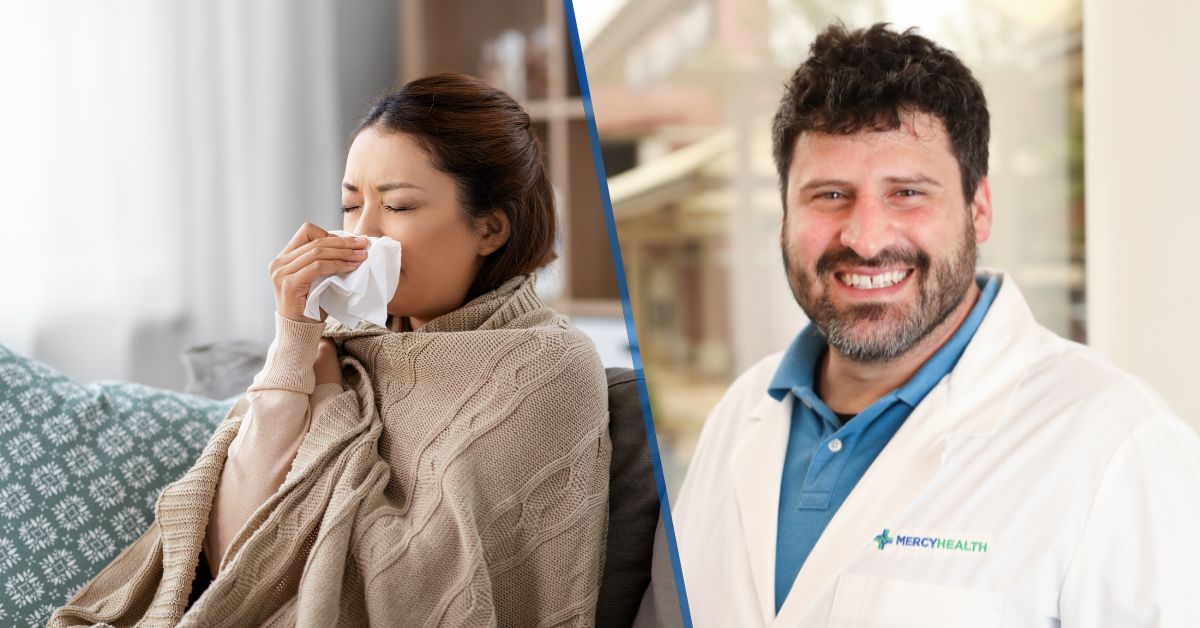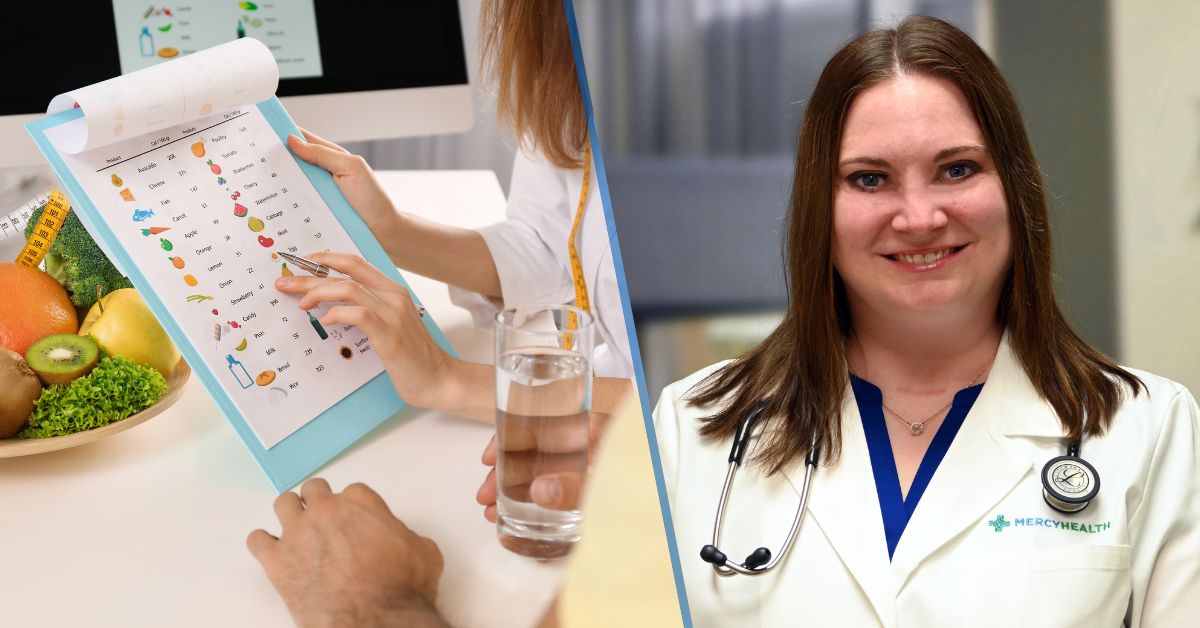Halloween is a time for fun costumes, haunted hayrides, pumpkin carvings and, of course, trick-or-treating on Halloween night.
While Halloween offers tons of opportunities to participate in fun fall festivities, it can also be important to keep the health and safety of your family at the top of your mind.
“Taking a few extra moments to recognize and address potential hazards can prevent injuries and ensure the best Halloween possible,” Amanda Lencyk, a trauma injury prevention and outreach coordinator in our Youngstown market, shares.
Read on to learn Amanda’s tips.
Trick-or-treating safety
Children are twice as likely to be hit by a car on Halloween than any other day of the year, according to the National Safety Council. This is all the more reason to practice safe habits as a pedestrian when prowling around on Halloween night.
“Always make sure your children are crossing the street at marked crossings,” Amanda says. “Running out between parked cars makes it really hard for drivers to see them. But as a driver, have your lights on, drive extra slow through residential areas and stay on high alert. This includes extra caution when backing out of your driveway and pulling in, too.”
Additionally, for trick-or-treaters, make sure to stick to well-lit paths, like sidewalks, when traveling from house to house. Always have an adult accompany children 11 or under. For older kids able to go on their own, having a curfew, an agreed route to go on and staying with a group can allow for a safe and fun night with friends.
As always, remind your kids to never go into a stranger’s home or car.
“One of the most important things you can do to make trick-or-treating safer for you and your child is to increase visibility,” Amanda adds. “Attaching reflective tape to their costume, carrying a flashlight or wearing a glowstick are cheap, simple solutions to significantly reduce risks.”
Whether it’s to let cars know your kid is there, add to the costume’s look or help kids find their parents if they wander off too far, glowsticks can help light up the night while keeping your family safe.
For those wearing costumes, making sure that costumes aren’t too long can help your kids avoid falls. Also, wear hats or makeup instead of masks, as masks can obscure vision.
For kids wearing costumes with makeup, test out what to wear before Halloween so your kid does not have an allergic reaction to the makeup being applied. Also, make sure to remove any makeup applied at the end of the night to avoid skin or eye irritation.
Halloween decoration safety
Costumes are not the only thing that can cause issues on Halloween night. Halloween decorations can also cause safety hazards for families and kids.
When lighting your jack-o’-lanterns, avoid using candles to light up the night and opt for LED candles to keep your family safe. If using candles, avoid placing cornstalks and dried flowers next to open flames since they are highly combustible.
For trick-or-treaters coming through on Halloween, make sure all decorations are placed in a way that minimizes tripping hazards, such as moving extension cords away from walkways, making sure walkways are clearly lit and securing fog or inflatable decorations.
Candy and treat safety
For safe treating this Halloween, make sure your kids with food allergies wait until they get back home to eat their candy so you can inspect any foods or baked goods for potential allergy threats. For younger children going trick-or-treating, remove choking hazards, such as small toys, hard candies or gum, from their haul. Additionally, when your kids get home, make all candies and treats are wrapped and sealed – this is another great way to ensure nothing has been tampered with and nothing is spoiled.
“It’s always a good idea to have an adult check the candy before anyone indulges,” Amanda adds. “I always like to do it for my kids.”
While everyone loves a good scare, your family’s safety should not be tricky when following these Halloween safety tips!
Also, learn about the health care services we provide at Mercy Health.






